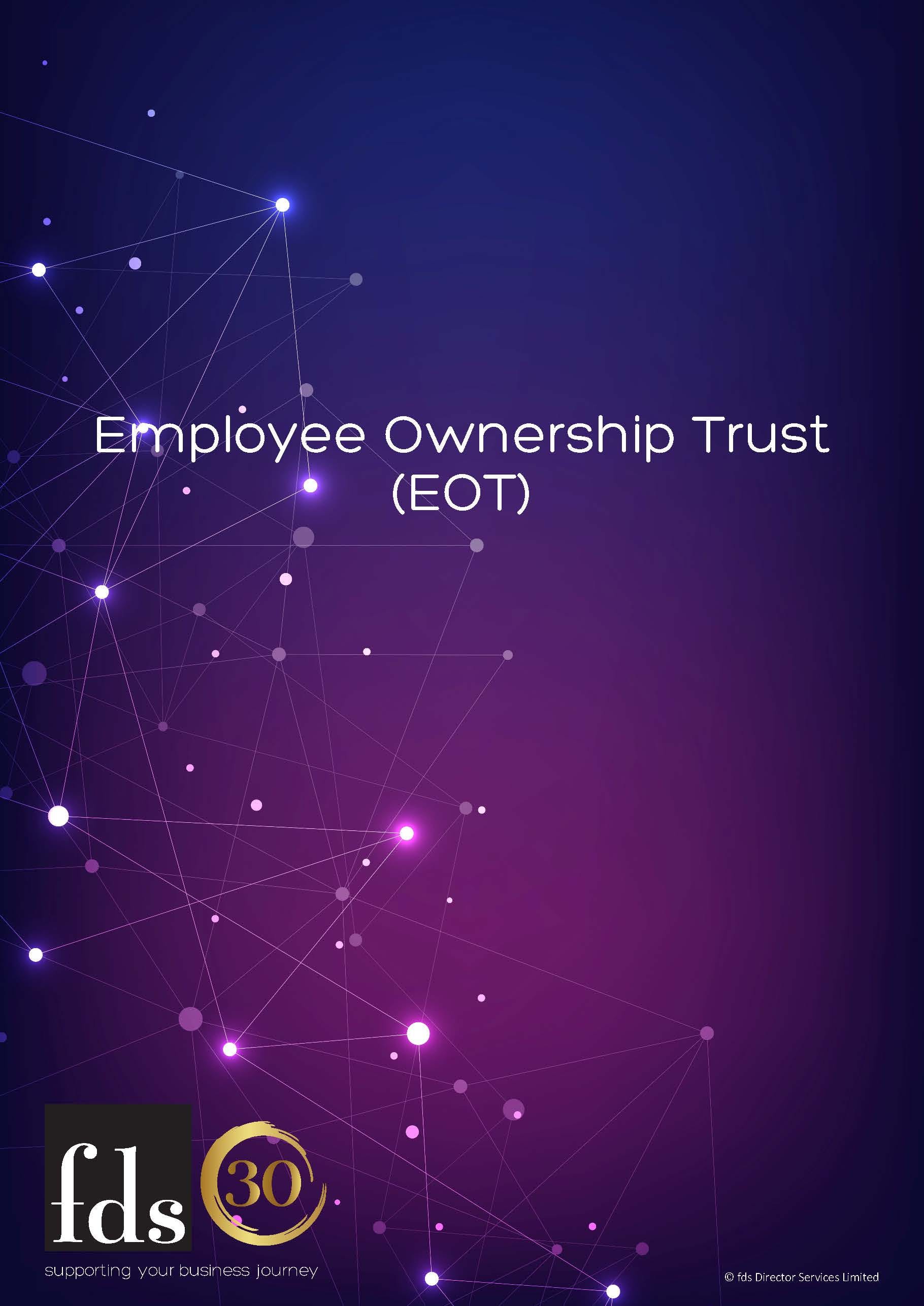For an owner-manager selling your business can feel like parting with your child, I know this for a fact, as not only have I been involved in over 400 transactions over the last 30+ years but I have also conducted a few personal ones.
This blog discusses the pros and cons of two very different ways of realising the value of your long years at the helm of your organisation. As with everything there are pros and cons of any manoeuvre and indeed, it is possible that one size does not fit all.
Firstly, let's look at a trade sale.
I feel pretty certain most business owners will have heard of this process, but for clarification, this is where you dispose of your business usually in its entirety to another company. That company could be a direct competitor or working in a complementary sector and could be UK based or a global business.
In a post-pandemic economy, it may surprise vendors reading this to hear of the substantial appetite from acquirers, both at home and internationally. In fact, the volume of deals is back to pre-pandemic levels as buyers are trying to satisfy pent up demand. Put simply, there is a lot of cash chasing, insufficient deal opportunities, which can result in a price war for the best-positioned companies. So, what are the pros and cons of a trade deal?
Pros
- You are likely to achieve a premium on price for the reason outlined above but also due to the synergies a trade buyer can achieve.
- You are very likely to get your money or most of it out at completion or shortly afterwards.
- You will likely walk away much quicker from the business than any other kind of sale process.
- You will only pay 10% tax on the first £1m.
Cons
- If you haven’t selected your buyer with care there could be a cultural mismatch which could result in talent loss.
- You may feel that a possible loss of brand is unacceptable.
- It can take up to 9 months to complete a transaction.
Now, let's look more closely at an .
Whilst this process of business disposal has been around since 2014, surprising it’s not that well known. Indeed there are less than 500 companies in the UK that have undergone an EOT.
Essentially the principle is that you as the owner, transfer some or all of your business to a trust, which then owns the business on behalf of all the employees (think of the John Lewis model).
This process works as follows:
- There is a formal HMRC approval process. The company valuation has to be robust and a rationale for the EOT to be accepted by the revenue.
- It’s important to note that any transfer to the EOT cannot be less than 51% of the total shares of the business.
- A trust company then needs to be established and an independent trustee board appointed.
- Terms for staff engagement such as how they will participate in the trust ownership and trust management must also be agreed.
- You need to feel comfortable your staff are willing and able to be shareholders.
The pros and cons of an EOT are broadly as follows:
Pros
- The staff values and integrity of the business are maintained as there is no change of guard.
- There is zero tax payable on the consideration you take, as long as you don’t extend the tranche transfer beyond one tax year.
- The staff who have helped you build your business become in effect owners for no cost to themselves.
- It can attract great talent and retain the talent you have.
Cons
- You as the vendor are no longer a controlling shareholder
- The value is likely less than a trade sale as it’s difficult to argue synergies that a trade buyer can achieve.
- Unless the trust is willing to borrow to pay you/the vendor down immediately, you will have to wait for your cash to be paid out of profits.
To learn more, register your place on our free upcoming webinar on Tuesday 14th September from 14:00 - 15:00 by clicking here. Or alternatively, click here to discuss this further with a member of the team.


